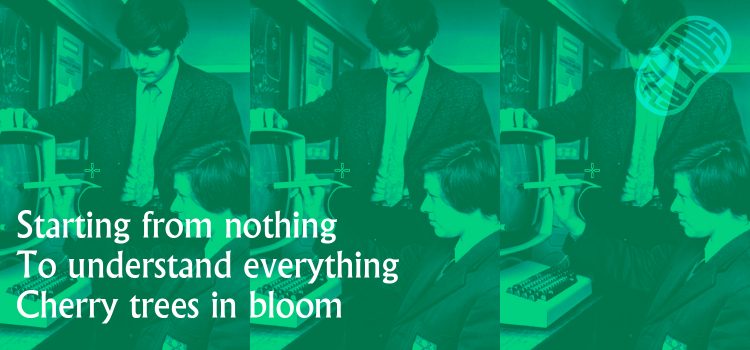
Jenni Newcombe
Karl Friston – A scientist for all seasons
When playing in his family’s garden on a hot day in summer, eight-year-old Karl Friston did something ordinary that many naturally curious eight-year-olds do. Karl turned over a log and became interested in wood lice scuttling about. After observing for some time, Karl did something far less ordinary. He deduced that the movement was random. It had no greater purpose. The wood lice were simply doing what wood lice do in response to their new conditions—any other explanation, he thought, would be fantasy.
Leap forward to a teenage Karl observing cherry trees blooming outside his bedroom. From that moment, he became preoccupied with the question: is it possible to understand everything starting with nothing?
Leap forward again. Professor Karl Friston is a theoretical neuroscientist and Scientific Director of UCL’s Functional Imaging Lab. He has contributed hugely to our understanding of the human brain by having devised tools that make brain imaging decipherable to scientists. In 1990 he invented Statistical Parametric Mapping which has become an international standard for analysing brain imaging data.
His eight-year-old a-ha moment launched a leap in understanding human actions. The simple explanation for the self-organisation of wood lice underwrites all physics of all sentient systems. Karl’s biggest leap, though, the free energy principle, is the most exciting. It offers a unifying explanation not only for how the mind works and malfunctions, but also possibly an explanation for how the rest of the world works and malfunctions.
The question Karl asked himself as a teenager in the spring, stays with him.
